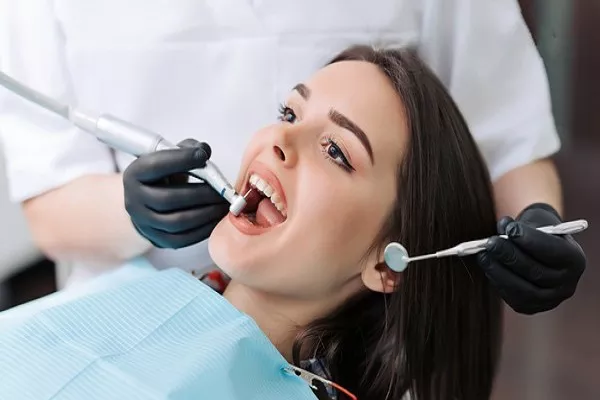Tetracycline, as a broad-spectrum antibiotic, has low toxicity, good efficacy and low price. Therefore, it was widely used in the 1960s and 1970s, thus giving birth to the generation of tetracycline teeth.
How are tetracycline teeth caused?
It is caused by taking more tetracycline drugs during tooth development.
Tetracycline binds to the tooth tissue and causes the tooth to stain. This stain can be gradually deepened by sunlight, so that the anterior teeth are generally more stained than the posterior teeth.
Since tetracycline teeth can only develop if the drug is administered during tooth development, the current “talk of tetracycline” may be misplaced.
To prevent tetracycline teeth, tetracycline should not be used in pregnant or lactating women, and children under 8 years of age, after 8 years of age tetracycline has no significant effect.
Although the staining of tetracycline teeth is permanent, it is not incurable. At present, there are three most common treatment methods: 1. Bleaching treatment is suitable for those who have light staining and are not accompanied by enamel hypoplasia.
Treatment can be divided into internal bleaching and external bleaching.
Internal bleaching is to put bleach inside the tooth, the clinical effect is good, the disadvantage is to change the living pulp teeth into non-pulp teeth.
External bleaching, in which bleach is placed on the tooth surface, is less effective than internal bleaching, but does not damage the tooth.
2, veneer treatment can be applied to enamel hypoplasia, but for tetracycline coloring serious teeth, the effect is not good.
In this treatment, a small amount of tooth enamel needs to be removed, and materials such as resin and porcelain are attached to the tooth surface. The production requirements are high, the shape and color are better, and the price is moderate.
But after treatment, the veneer is easy to fall off, and the teeth cannot bite hard objects.
3. Crown restoration is suitable for all tetracycline teeth with good color shading effect.
However, more tooth tissues need to be removed, which may cause pulpitis.
Some dentists believe that to avoid the possibility of pulpitis, a living pulp tooth should be turned into an unpulp tooth before crown repair.
Currently, porcelain crowns are generally used for crown restoration, which have realistic color after restoration, but are expensive and complicated.
The above three methods have their own advantages and disadvantages. Patients can choose the treatment plan under the guidance of doctors according to their own dental situation, economic ability and comprehensive consideration.





























